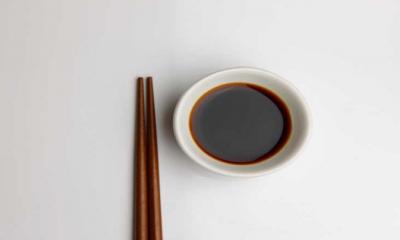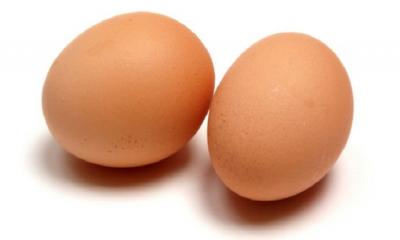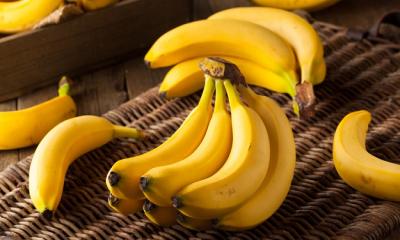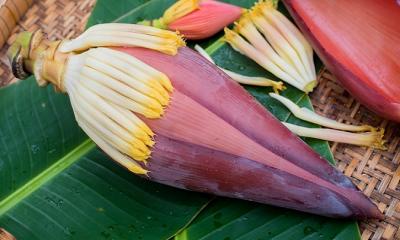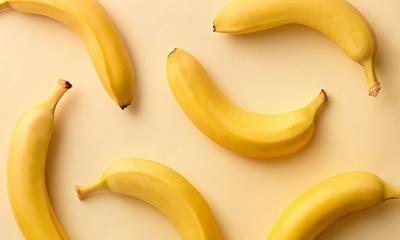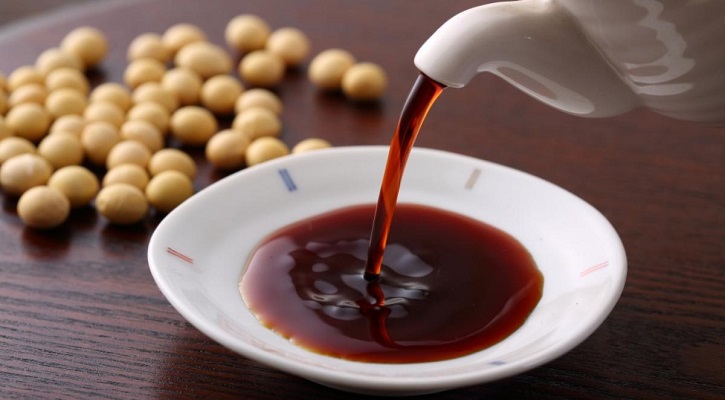
Regional Differences of Soy Sauce
- Womenscorner Desk
- September 24, 2020
In Japan there are many different types of soy sauce.
Dark soy sauce: Also known as “koikuchi shoyu,” this is the most common type sold in Japan and overseas. It’s reddish brown and has a strong aroma.
Light soy sauce: Also called “usukuchi,” this is made from more soybeans and less wheat, and it has a lighter appearance and milder aroma.
Tamari: Made from mostly soybeans with 10% or less wheat, it lacks aroma and is darker in color.
Read More : Soy Sauce
Shiro: Made almost only with wheat and very few soybeans, it’s very light in color.
Saishikomi: Made by breaking down the soybeans and wheat with enzymes in a solution of unheated soy sauce instead of salt water. It has a heavier taste, and many enjoy it as a dipping sauce.
In China, the tamari-style soybean-only soy sauce is the most common type.However, today a more modern production method is most common. Soybean meal and wheat bran are fermented for just three weeks instead of several months. This method results in a very different flavor compared to traditionally produced soy sauce.
Read More : Anaheim Chile
Chinese soy sauces are often listed as “dark” or “light” in English. Dark soy sauce is thicker, older and sweeter and used in cooking. Light soy sauce is thinner, younger and saltier, and it’s more often used in dipping sauces.In Korea, the most common type of soy sauce is similar to the dark koikuchi type in Japan.
However, there is also a traditional Korean soy sauce called hansik ganjang. It’s made only from soybeans and mainly used in soup and vegetable dishes.In Southeast Asian countries like Indonesia, Malaysia, the Philippines, Singapore and Thailand, the tamari-style sauce is most commonly produced, but many local variations exist.
Read More : California Chiles
Other varieties include sauces thickened with sugar, such as kecap manis in Indonesia, or those with additional flavors added, such as shrimp soy sauce in China.
Source : Google

